
[More info on FIF and how to download]

The Hungarian motorization - the first
102 years
GANZ
Ganz was established in 1845 by Abraham Ganz, a Swiss man, who after wandered
throughout Europe, stayed in Pest. During the next decades he developed
a big industrial corporation. After his death, his relatives comissioned
Ganz engineers to direct the company. They did so. They added new
units to the Ganz empire. In 1880 a railway wagon factory was also added.
This factory became the birthplace of the Hungarian automotive industry,
because Mr. Csonka assembled most of his
vehicles at Ganz.
After Csonka's depart all developments came to a end.
In the early '10s the Ganz directors decided: it's time to manufacture
lorries. They bought the licence of the Italian Fiat:
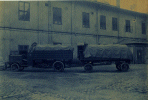 Ganz-Fiat 1914, converted to Jendrassik-
engine in 1930.
Ganz-Fiat 1914, converted to Jendrassik-
engine in 1930.
As the first World War broke out they switched to the German Büssing
design. During the War they made lots of lorries, under Ganz-Büssing
name and several buses. Two of them were employed by the Budapest city bus
company in 1917. But due to the lack of fuel and rubber these buses soon had
to be stopped.
Here are a few cars made at Ganz during the War:
Lorries:
 Ganz-Büssing 1916
Ganz-Büssing 1916
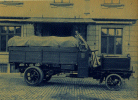
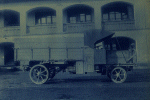 1918 model
1918 model
Buses:
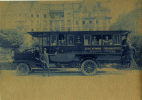 1916 "company car" used by the Post
1916 "company car" used by the Post
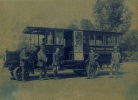

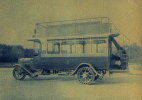 Another from 1917
Another from 1917
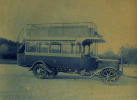
 The first autobus assembled at
Ganz. Original Büssing chassis, Ganz body - 1916
The first autobus assembled at
Ganz. Original Büssing chassis, Ganz body - 1916
A year later two more buses were made. This time they were made totally
at Ganz:
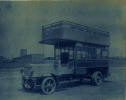
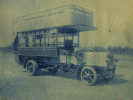
Coachwork:
During the War Ganz carried out several bodies, mainly on Hungarian-made
Benz chassises. They were used by the Army:
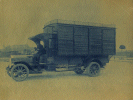
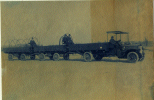
After the War the truck and autobus production was finished, but
stationary engines were still being made.
In the '20s bodies were built for autobuses and an experimental trolley-bus
was also constructed in 1933, with Ganz body:
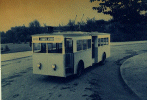
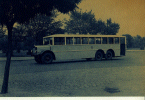 Mercedes-Benz autobus, made under licence
at M&AAcute;VAG. Body by Ganz, 1934
Mercedes-Benz autobus, made under licence
at M&AAcute;VAG. Body by Ganz, 1934
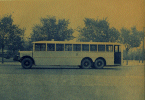
One of the engineers at Ganz, György [George] Jendrassik (1898-1954) developed
a four-stroke, diesel-engine without compressor. It was very compact and
economical. Licence was bought by companies around the world. This engine-
family helped Ganz to survive the economical depression.
In the 1930s Sovetunion wanted to start automobile manufacturing and looked
for cheap and reliable engines. Ganz brought Russian trucks to Hungary
and equipped them with Jendrassik engines:
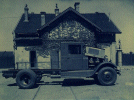 ZISZ 1932 with Jendrassik engine
ZISZ 1932 with Jendrassik engine
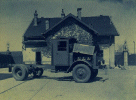 JAZ 1932 with Jendrassik engine
JAZ 1932 with Jendrassik engine
The business didn't happen tough.
The Ganz factory went through numerous changes, but still alive.
Copyright and Copy, 1997: Paul
NegyesiBudapest, Hungary.